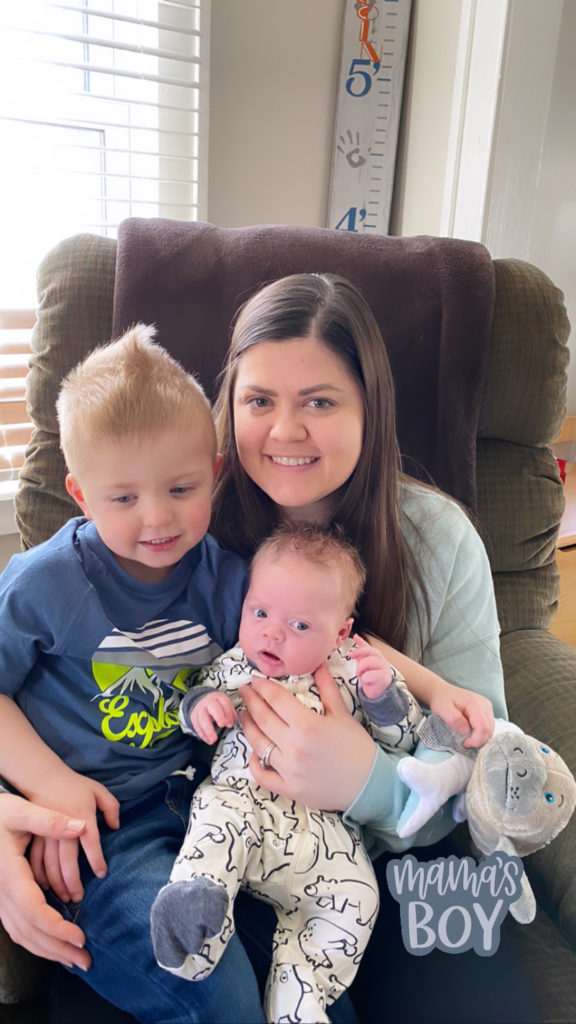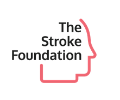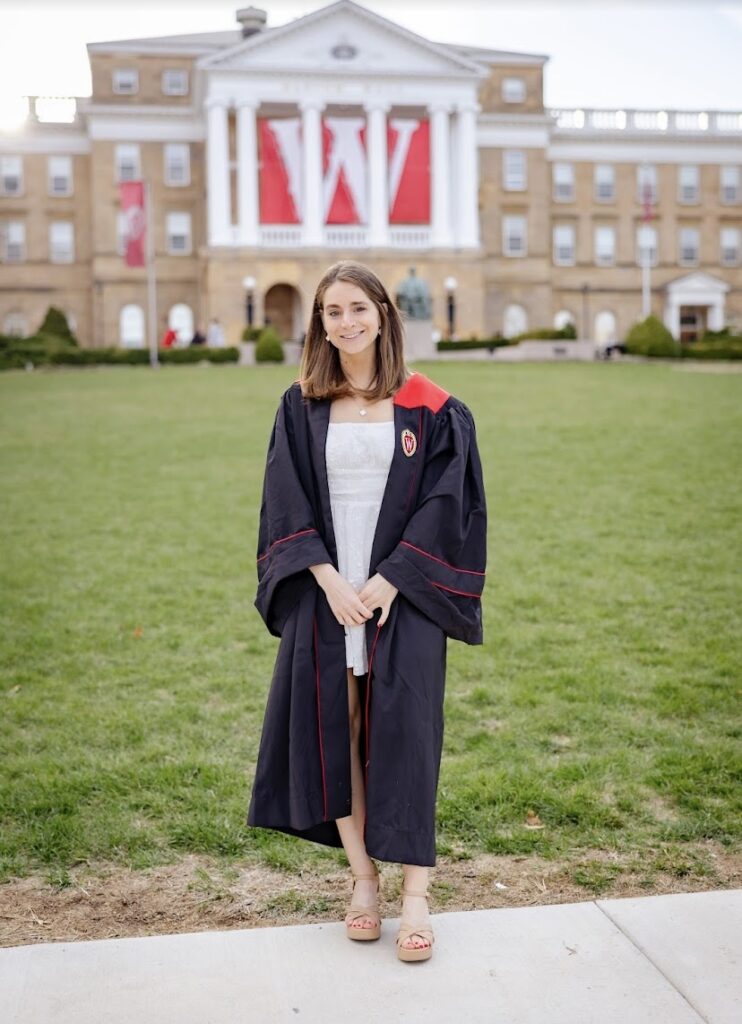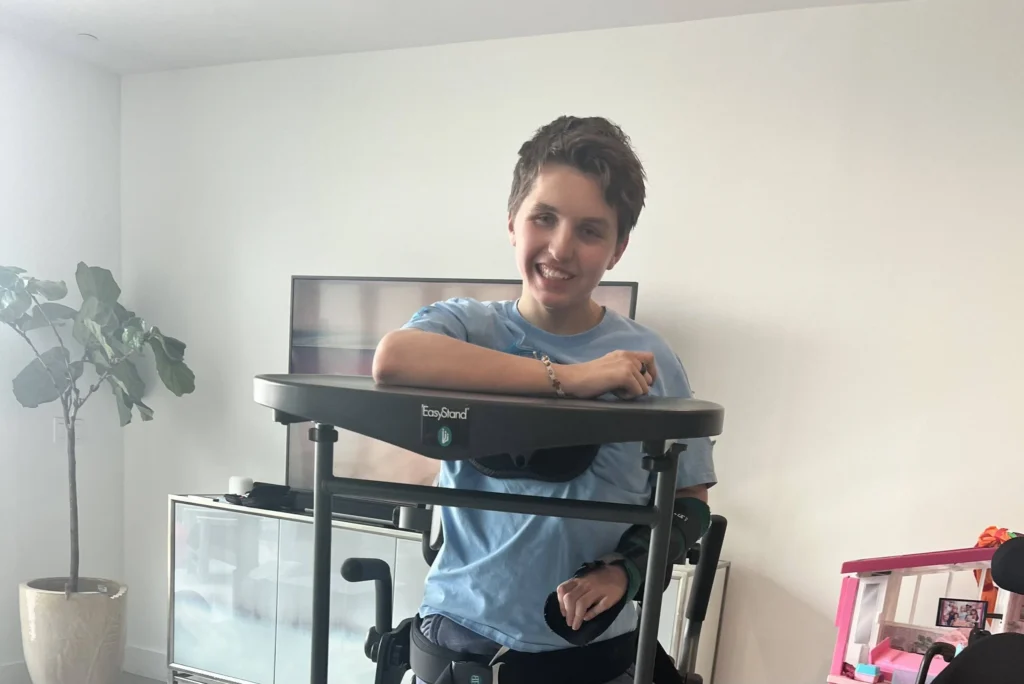Two days after giving birth to her son, Ashley felt there was something wrong with her. She decided to have a glass of wine with dinner and afterwards she started to feel out of herself — her instincts told her to call her doctor.
After a chat with her doctor and taking her blood pressure, Ashley thought it may be helpful to sleep it off and see how she felt in the morning. A few hours later, she woke up to feed the baby and noticed her left arm wasn’t moving as before. Still, “maybe I need to sleep some more” she thought.
Hours go by, and Ashley does all the morning mom tasks: feedings, cleanings, daycare drop offs, etc. When she got back home, she knew something was definitely wrong. She couldn’t work, words were hard to say and understand — she needed to get seen by a doctor.
As soon as she got to her doctor’s office, she was immediately sent to the ER. Due to COVID-19 restrictions, Ashley had to be by herself.
In the ER, a CT scan showed an inoperable brain bleed — some of the scariest words you can hear. By that point Ashley couldn’t move her body, and it was challenging to communicate with anyone. Yet, she insisted they do more scans and figure out a way to help her. Doctors ordered an MRI scan.
The scan showed a cavernoma (cluster of abnormal blood vessels) sitting right on the brain stem. Because of its location, it will never be something they can operate on. Ashley has to live with a cavernoma for the rest of her life.
“It was the scariest thing because I had to be by myself, processing all of this new information, and trying to advocate for myself after having a stroke. Not having my husband or my kids near me was really hard… but they are what motivated me to stay determined to find a way to get through this and go back home.”
Ashley stayed in the hospital for one week, in ICU, and then she was able to move to labor and delivery to be with her husband and kids. She went through 6 weeks of intense physical and occupational therapy.
“I was stuck in slow motion — my whole left side couldn’t really move, and it was still a bit difficult to speak. I pushed myself really hard to get out of the hospital as soon as possible.”
Today, Ashley is using social media and her experience as a life skills worker to help people recovering from a stroke.
“I was teaching people how to deal with anxiety and frustration, and then all of the sudden I had to use those skills myself! You don’t expect to deal with so many emotions after a stroke, especially if you can’t move like you used to. The recovery process is extremely frustrating and you have to learn how to manage those emotions from the get-go.”

We asked her: What have you learned and what are you most grateful for?
“I have learned that under any and all circumstances, you MUST advocate for yourself. Need a third and fourth opinion? Go get it. You know yourself and your body, don’t wait to get help or treatment. It can save your life.”
“I am most grateful for, first of all, my family. My husband who took care of me and my babies, and my sister and mother-in-law who stepped in and supported us. And second of all, I am grateful for my body. You don’t realize how important it is to be able to move, get up, breastfeed, walk, talk… Until you have those things taken away from you, you don’t realize how valuable they are. I’m grateful I’m here to enjoy life.”
Like many other young women, Ashley is proof that stroke doesn’t discriminate — it can happen to anyone. Prevention is key and early treatment is a must. Talk to your doctor about your risk for stroke and what you can do to prevent it (particularly during pregnancy) and if you feel like there is something wrong, seek medical attention.
We thank Ashley for sharing her incredible story and being a part of a growing community of stroke survivors raising awareness of stroke.





